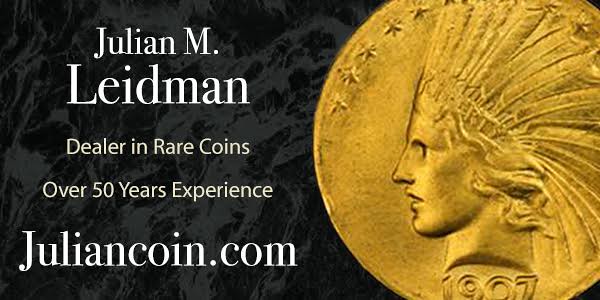
PREV ARTICLE
NEXT ARTICLE
FULL ISSUE
PREV FULL ISSUE
AUSTRALIAN COIN FIND COULD BE FROM AFRICAAustralian archaeologists are working on the mystery of a coin of suspected African origin that could rewrite the history of the earliest visitation to that continent's coast. Here's an excerpt from a May 11, 2019 article in The Guardian. see the complete article online for additional images and much more information. -Editor
But then an archaeologist and a historian turn up, bringing with them a curious patient whose identity is unknown, but who may be 1,000 years old and could rewrite Australian history. The "patient" is a small copper coin found by archaeologist Mike Hermes on a field trip to the Wessel Islands, off north-east Arnhem Land, last year. He believes it to be a coin from Kilwa, more than 10,000km away in what is now known as Tanzania, dating from before the 15th century. Its surface is eroded, obscuring identifying features, but Hermes is confident. "We’ve weighed and measured it, and it’s pretty much a dead ringer for a Kilwa coin," he says. "And if it is, well, that could change everything." Hermes is part of the Past Masters, a group of historians, archaeologists, anthropologists, numismatists (coin experts), geochronologists and other experts who investigate historical anomalies. In the past six years they have mounted seven expeditions off the coast of northern Australia, finding previously undiscovered rock art, shipwrecks, stone tools, human remains and the Holy Grail, the Kilwa coin. "We’re looking for the earliest visitation to the coast," historian Mike Owen says. "This has never been explored. Our history is so Sydney-centric, the identity of the nation is built around that. And Sydney is a hell of a long way away from east Arnhem Land." How the coins got to this part of the world is a much more perplexing mystery. "Kilwa coins have only been found in Kilwa, the Arabian peninsula and the Wessel Islands," Hermes says. "It’s a puzzling distribution." 
From left: A Kilwa coin bought online and a suspected Kilwa coin, from Africa pre-1400AD, found on the Wessel Islands in the Northern Territory. I-Med Darwin’s chief radiographer, Jack Feeney, has been charged with identifying the coin – a rather unorthodox move by the Past Masters. "You can use a special micro-CT scanner to detect the surface minutely, but there was no way we could get our hands on one of those, so this was the next best thing," Owen says. Feeney carefully turns the thin, frail coin over in his hand, inspecting the jagged edges and pitted, uneven surface coated in grime. "There is basically no hope for this one," he says. "I give it a 0% chance of working." "That’s what you said last time," Owen replies. Last time was in March, when Owen first had the idea of using the CT scanner to identify another of Hermes’ finds from the English Company Islands, just east of the Wessels. The scan was able to break through the layer of green crud on the copper coin to clearly reveal the VOC (Dutch East India Company) stamp and the date: 1790. Although there were four VOC coins in Isenberg’s 1945 stash and they are not uncommon in Western Australia, this one was copper and struck in Utrecht rather than in Asia, making it the first corroborated find of a VOC coin of European manufacture in the Northern Territory. Unfortunately, this time Feeney is right: after placing the ancient coin carefully on a pillow and running it through the CT scanner, only a black blob appears on his screen. Two vague ring-shapes can be seen on one edge, but these could just be divots rather than part of the coin’s design. To read the complete article, see:

Wayne Homren, Editor The Numismatic Bibliomania Society is a non-profit organization promoting numismatic literature. See our web site at coinbooks.org. To submit items for publication in The E-Sylum, write to the Editor at this address: whomren@gmail.com To subscribe go to: https://my.binhost.com/lists/listinfo/esylum All Rights Reserved. NBS Home Page Contact the NBS webmaster 
|
